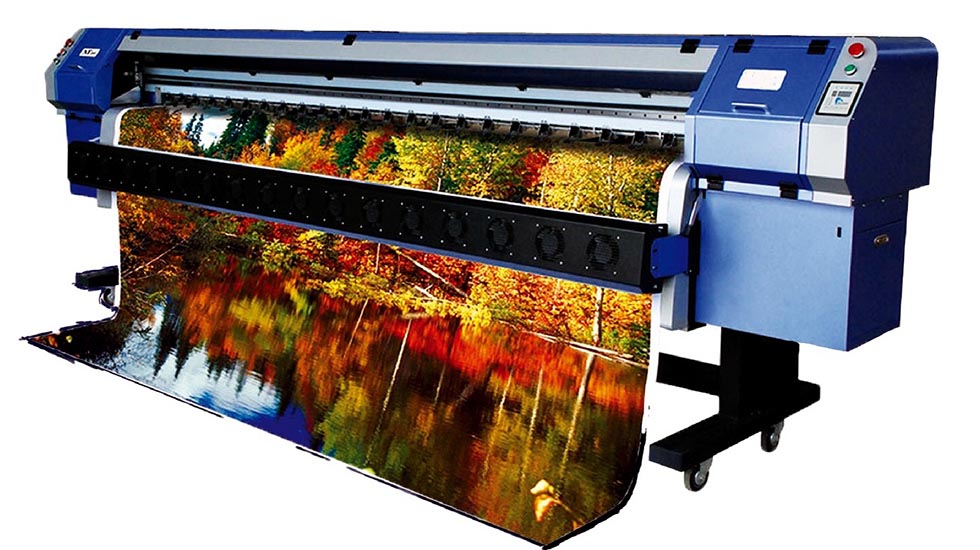In today’s fast-paced world, printing technology plays a crucial role in bringing ideas to life. Whether you're a business looking to promote your brand or an individual seeking personalized items, understanding different printing techniques can help you choose the best method for your needs. In this blog, we'll explore the most popular printing techniques: Flex Printing, Large Format Printing, Offset Printing, Digital Printing, Screen Printing, and Mug Printing.
1. Flex Printing
Flex Printing, also known as Flexographic Printing, is a versatile and cost-effective printing method widely used for creating banners, posters, and signage. It involves the use of flexible printing plates made of rubber or plastic. This technique is ideal for large-scale printing jobs and is known for its fast turnaround time and ability to print on various materials, including vinyl, fabric, and paper.
Advantages of Flex Printing:
- High-speed production
- Suitable for large quantities
- Prints on diverse materials
2. Large Format Printing
Large Format Printing is the go-to method for creating oversized prints, such as billboards, trade show displays, and wall murals. This technique uses large-scale printers that can handle materials up to several feet wide. It is perfect for producing vibrant and eye-catching visuals that need to be seen from a distance.
Advantages of Large Format Printing:
- Ideal for big prints
- High-resolution output
- Suitable for indoor and outdoor use
3. Offset Printing
Offset Printing is a traditional printing method where the inked image is transferred (or "offset") from a plate to a rubber blanket, then to the printing surface. It's commonly used for high-volume printing jobs like magazines, brochures, and newspapers. Offset printing is known for its superior color accuracy and cost-effectiveness for large runs.
Advantages of Offset Printing:
- Consistent high-quality prints
- Cost-effective for large volumes
- Excellent color reproduction
4. Digital Printing
Digital Printing is a modern printing method that transfers digital images directly onto various media. Unlike offset printing, digital printing doesn’t require printing plates, making it ideal for short runs and customized prints. This technique is perfect for business cards, flyers, and personalized marketing materials.
Advantages of Digital Printing:
- Quick turnaround time
- Cost-effective for short runs
- Easy to customize
5. Screen Printing
Screen Printing is a versatile printing technique that involves pushing ink through a stencil (or "screen") to create a design on the printing surface. It is widely used for printing on textiles, such as t-shirts, bags, and promotional items. Screen printing is known for its durability and vibrant colors.
Advantages of Screen Printing:
- Long-lasting prints
- Vibrant colors
- Suitable for various materials
Conclusion
Choosing the right printing technique depends on your specific needs, whether it’s the scale of your project, the material you're printing on, or the level of customization required. Flex Printing, Large Format Printing, Offset Printing, Digital Printing, Screen Printing, and Mug Printing each offer unique benefits that cater to different purposes. Understanding these techniques will help you make informed decisions for your next printing project, ensuring that you achieve the best possible results.

